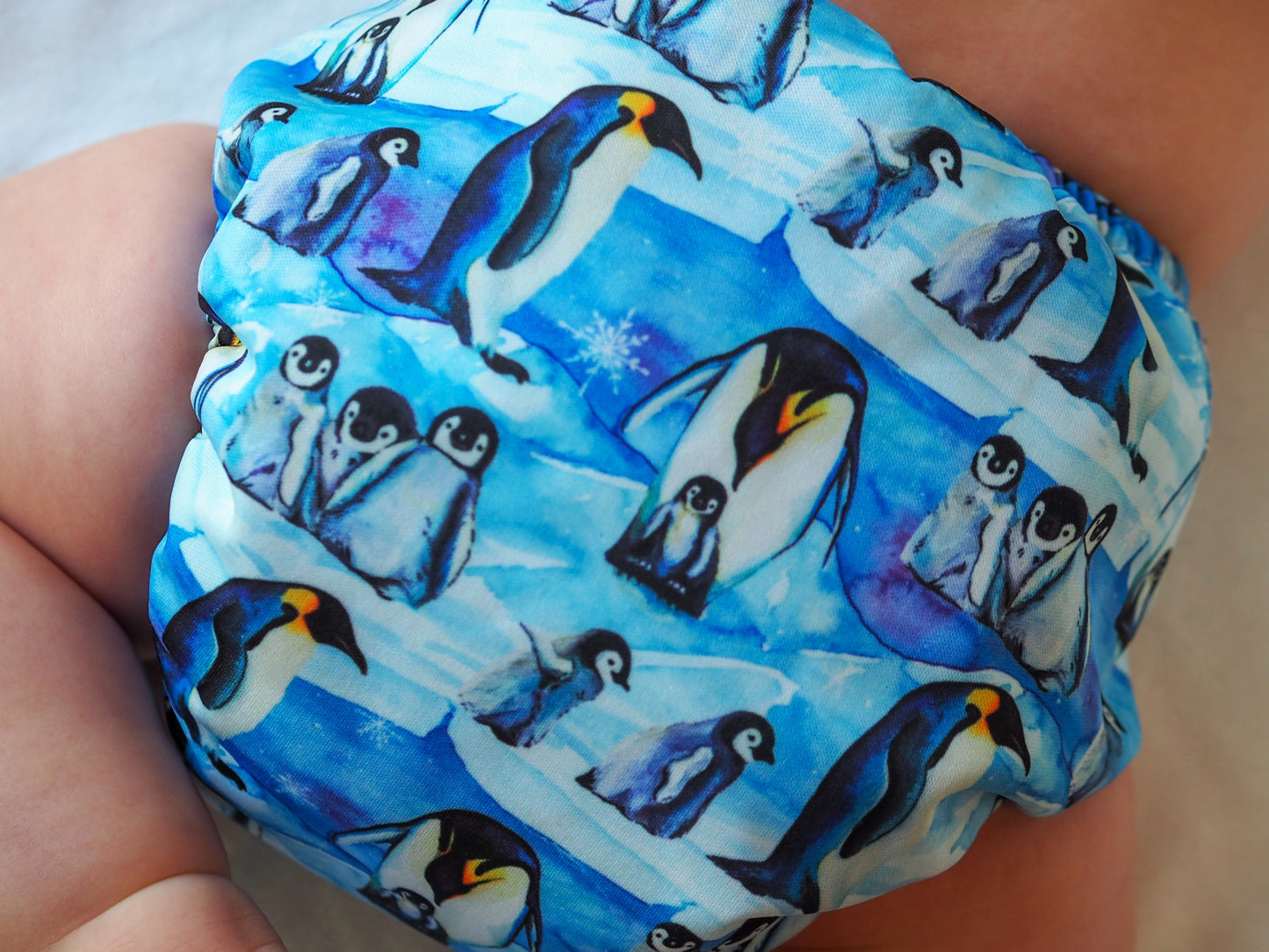Drying cloth nappies in the summer is a breeze, with plenty of sunshine and fresh air. But winter can pose a challenge when rain, low temperatures, and shorter days make outdoor drying less practical. However, with the right strategies, you can keep your cloth nappies clean, fresh, and dry even in the colder months. Here’s how to manage cloth nappy drying during winter, ensuring your little one always has what they need.
1. Use an Indoor Drying Rack
An indoor drying rack is a must-have for winter. Place the rack in a warm, ventilated room to encourage air circulation and faster drying. If you’re short on space, opt for a foldable or wall-mounted rack that can be tucked away when not in use. Pegging nappies to the rack with clothespins can also maximize drying space and prevent them from slipping off.
2. Utilize a Dehumidifier
Cold and damp winter air can slow the drying process, leading to musty smells. A dehumidifier not only speeds up drying but also reduces the moisture in the air, preventing dampness and mold in your home. Place your drying rack near the dehumidifier for the best results, and your nappies will be dry in no time.
3. Invest in a Heated Airer
Heated airers are energy-efficient alternatives to tumble dryers. They gently warm the nappies, speeding up drying without the risk of high-heat damage. Many heated airers come with covers to trap heat and dry items even faster, making them a fantastic option for drying cloth nappies and other baby essentials in winter.
4. Use Your Radiators Wisely
If you use radiators to heat your home, they can double as a drying tool. Drape nappies over a radiator-mounted drying rack or hang them near, but not directly on, the radiator to avoid overheating and potential fabric damage. Rotate the nappies occasionally to ensure even drying.
5. Tumble Dry with Care
While it’s best to avoid frequent tumble drying to prolong the life of your cloth nappies, it can be a lifesaver during winter. Use the tumble dryer on a low-heat or delicate setting, and focus on drying inserts and boosters, as they are thicker and take longer to air-dry. Line-drying covers and shells is recommended to maintain their waterproofing and elasticity.
6. Maximize Air Circulation
Good airflow is essential for drying cloth nappies indoors. Open windows when possible, even for short periods, to reduce indoor humidity. Use a fan to create air movement around your drying rack, which can help nappies dry faster, even in cooler temperatures.
7. Plan Ahead
Winter drying can take longer, so it’s essential to plan your washing schedule. Washing nappies every other day ensures you always have enough clean and dry nappies ready to use. Having a larger stash of cloth nappies can also help reduce the pressure during slow drying days.
8. Inserts
If drying time is a major concern, you might want to invest in cloth nappies with bamboo inserts. Bamboo absorbs moisture well but dries faster than many other materials, making it a great option for winter use.
Having extra inserts for cloth nappies in winter is a game-changer for parents. Winter’s cold and damp conditions mean inserts, which are the most absorbent and thickest part of the nappy, take longer to dry compared to the outer shells. By having a larger stash of inserts, you can maintain your nappy routine without worrying about drying delays. Extra inserts also allow you to rotate them more effectively, ensuring you always have dry and ready-to-use nappies on hand. This not only reduces stress during slow drying days but also helps extend the life of your nappies by avoiding overuse or excessive tumble drying.
🎉 January Special: Buy any AI2 Cloth Nappy, with inserts and get an extra set completely FREE! 🎉 Start the new year with a sustainable choice and enjoy this exclusive offer to keep your nappy stash fully stocked. Don’t miss out—shop now!
9. Avoid Overloading the Rack
Overloading your drying rack can restrict airflow, slowing down the drying process. Space nappies out to allow adequate room for air circulation. If you have limited rack space, prioritise drying your absorbent inserts first, as they take the longest to dry, and hang covers or shells separately.

